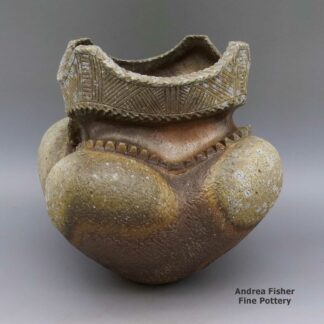Rock art
About Rock Art
Stone faces with some form of design scratched on them by prehistoric humans are found all over the planet. Some examples found in the American West have been dated to have been made more than 10,000 years ago. Over time, different areas developed slightly different forms in their expression but the general designs didn't change for thousands of years. In the American Southwest the general rock art pattern is known as the "Plateau to Plains tradition" and that was a distinct areal art form for about two thousand years.
Sometime in the mid-1200s CE that changed. It's almost like a Messiah arose among the people and conversions to a new spirituality across the whole landscape happened within a couple generations. The rock art changed, too, getting significantly more complex as the artists strove to imbue their characters and their accompanying designs with deeper and deeper spiritual aspects. The 1200s were a time when the Four Corners and Mesa Verde areas were being depopulated and the Katsina and Sacred Clown societies came into being. By about 1300, almost every extant pueblo had its own versions of each of those societies participating in their ceremonies.
However, no one speaks the language(s) of rock art today. The meanings behind the symbols have essentially been lost to time. Now they are repeated and imbued with greater creativity and embellishment than was possible on a simple exposed rock face in the old days, no matter how flat or contrasting that face may have been when it was first scratched. Pottery has become a similar canvas for the ages: it may not last as long as a stone face but its surface is easier to work with in terms of artistic expression. It holds color better, too.
Other ancient pottery-producing people across North America made rock art, too. Many of those potters used an "anvil and stamp" method to make their pot. They pressed slabs of clay into rounded forms and then designs that had been carved into the faces of stamps were pressed against the surface of the clay to transfer the patterns. At Ohkay Owingeh, the forms of rock art have been incorporated into their definition of Potsuwi'i pottery, the pueblo's official art pottery form from pre-contact times.
Showing all 6 results
-

Jamie Zane Smith, zjmm2h170, Polychrome jar with a distinctive shape
$4,900.00 Add to cart -

Jamie Zane Smith, zjmm2h171, Polychrome jar with sgraffito and carved crown
$4,300.00 Add to cart -

Jamie Zane Smith, zjmm2h172, Polychrome jar with distinctive texture
$2,900.00 Add to cart -

Jamie Zane Smith, zjmm2h173, Polychrome jar with distinctive texture
$2,900.00 Add to cart -

Jamie Zane Smith, zzmm2j170, Polychrome jar with distinctive shape
$4,900.00 Add to cart -

Jamie Zane Smith, zzmm2j171, Polychrome jar with distinctive shape and texture
$4,900.00 Add to cart
Showing all 6 results